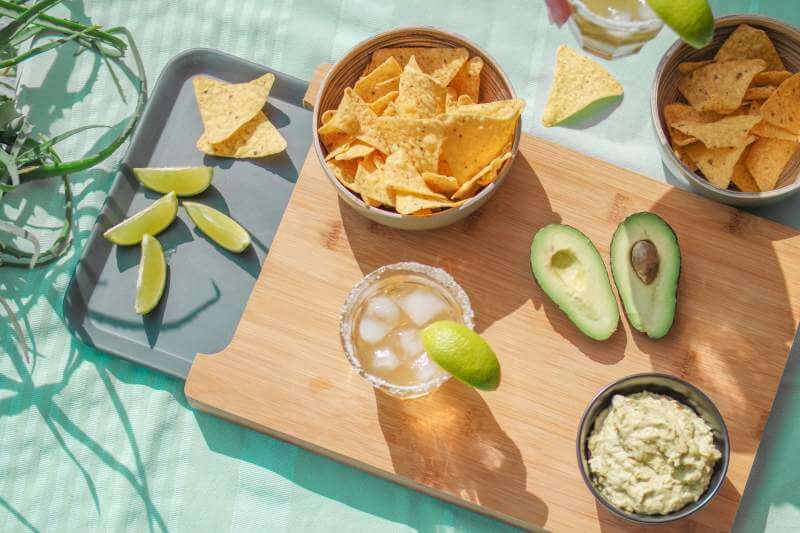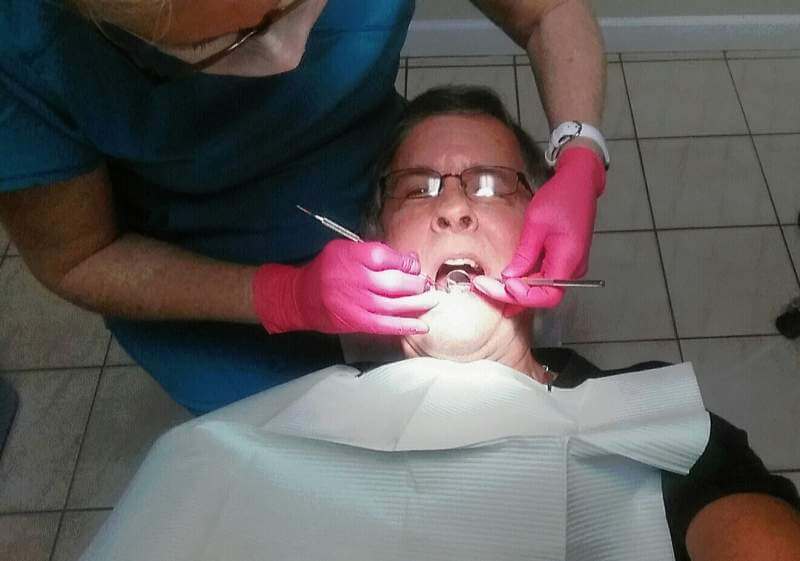Thinking about how to forestall hair fall? Realize that you aren’t the just one experiencing this torment. Hair losing scenes happen to be very normal among the two genders.
Truth be told, 20% of Caucasian guys matured 20 will experience the ill effects of a type of male example hair sparseness. The image doesn’t show signs of improvement for ladies as 80% of them will have encountered observable hair loss by the age of 60. This information was pulled from an ongoing US study directed by the International Society of Hair Restoration Surgery. This study likewise uncovers that a monstrous 35 million North American men experienced hair falling scenes in 2013. The number is gentler for ladies at 21 million.
Inherited and hereditary qualities are the most pertinent variables influencing hair wellbeing. While you can’t flee from hereditary components, there are sure nourishment tips that, whenever grasped, can help avoid hair fall, and even accelerate hair development.
The three most significant kinds of omega-3 are docosahexaenoic corrosive (DHA), eicosapentaenoic corrosive (EPA) and alpha-linolenic corrosive (ALA). ALA itself has not been resolved to have a medical advantage but rather is changed over in the body to EPA and DHA. You can get these unsaturated fats by eating all the more slick fish, nuts and vegetable oils or by taking a fish oil supplement.
Hair loss
 Hair fall is most common for every individual as discussed above. Some hair fall is really very typical – you normally lose a few dozen hair strands for each day – yet intemperate hair loss, or misfortune not supplanted with new hair development, prompts hair diminishing and hairlessness. Around 40 percent of men have recognizable hair fall by age 35 and 65 percent by age 60. Albeit numerous types of hair fall are because of hereditary qualities or enthusiastic pressure, hair fall because of less than stellar eating routine is frequently reversible.
Hair fall is most common for every individual as discussed above. Some hair fall is really very typical – you normally lose a few dozen hair strands for each day – yet intemperate hair loss, or misfortune not supplanted with new hair development, prompts hair diminishing and hairlessness. Around 40 percent of men have recognizable hair fall by age 35 and 65 percent by age 60. Albeit numerous types of hair fall are because of hereditary qualities or enthusiastic pressure, hair fall because of less than stellar eating routine is frequently reversible.
Treatment for Hair Loss
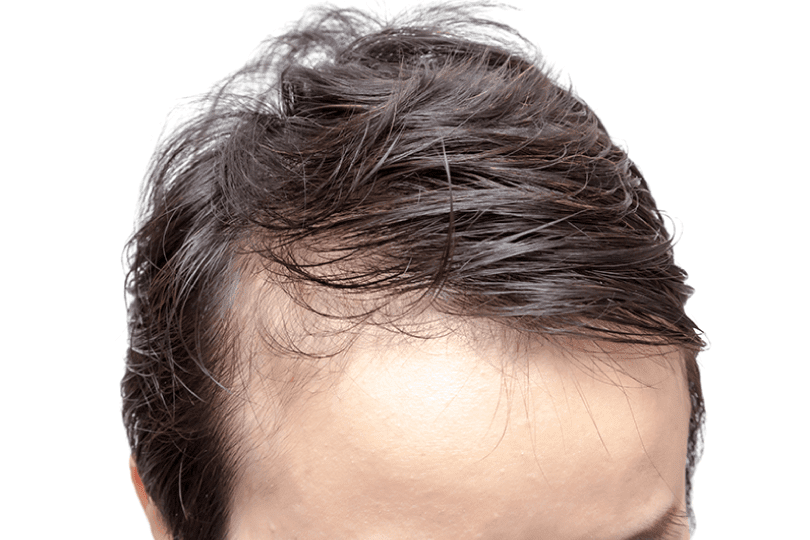 Absence of omega-3 unsaturated fats in eating regimens is a typical reason for nourishing inadequacy related hair fall, as expressed by the University of Maryland Medical Center. Treatment regularly includes adding 1 to 2 cases or 1 tablespoon of fish oil every day to empower hair development, decline aggravation and decrease dry flaky scalp. This dose proposal is identical to expending 2.5 grams of omega-3. On the other hand, you can incorporate omega-3 rich sustenance’s in your eating regimen. For instance, 3 ounces of cooked salmon contains 1.8 grams of DHA and EPA, and 1 ounce of pecans and flaxseeds contain somewhere in the range of 1 and 2 grams of ALA. The American Heart Association suggests eating 6 ounces of fish two times each week to accomplish a helpful impact of omega-3.
Absence of omega-3 unsaturated fats in eating regimens is a typical reason for nourishing inadequacy related hair fall, as expressed by the University of Maryland Medical Center. Treatment regularly includes adding 1 to 2 cases or 1 tablespoon of fish oil every day to empower hair development, decline aggravation and decrease dry flaky scalp. This dose proposal is identical to expending 2.5 grams of omega-3. On the other hand, you can incorporate omega-3 rich sustenance’s in your eating regimen. For instance, 3 ounces of cooked salmon contains 1.8 grams of DHA and EPA, and 1 ounce of pecans and flaxseeds contain somewhere in the range of 1 and 2 grams of ALA. The American Heart Association suggests eating 6 ounces of fish two times each week to accomplish a helpful impact of omega-3.
Concerns
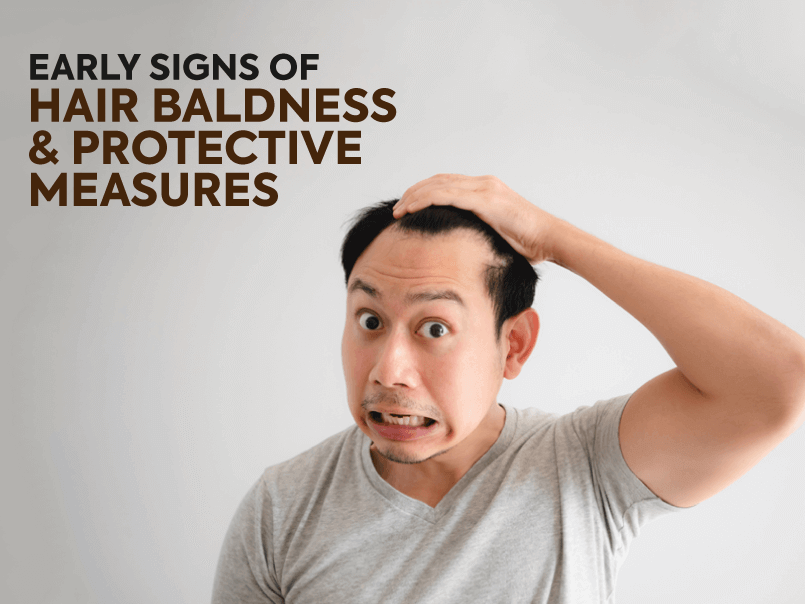 High measurements – in excess of 4000 milligrams – may build dangers of dying. These dangers are higher on the off chance that you take medicines that influence the thickness of your blood, for example, the blood more slender warfarin, in light of the fact that the omega-3 unsaturated fats can influence the viability of these pharmaceuticals. Ensure you counsel your primary care physician before you begin taking omega-3 unsaturated fats, and just take them at the dose level suggested by your doctor.
High measurements – in excess of 4000 milligrams – may build dangers of dying. These dangers are higher on the off chance that you take medicines that influence the thickness of your blood, for example, the blood more slender warfarin, in light of the fact that the omega-3 unsaturated fats can influence the viability of these pharmaceuticals. Ensure you counsel your primary care physician before you begin taking omega-3 unsaturated fats, and just take them at the dose level suggested by your doctor.
Five foods rich in Omega3 fatty acids
1. Mackerel
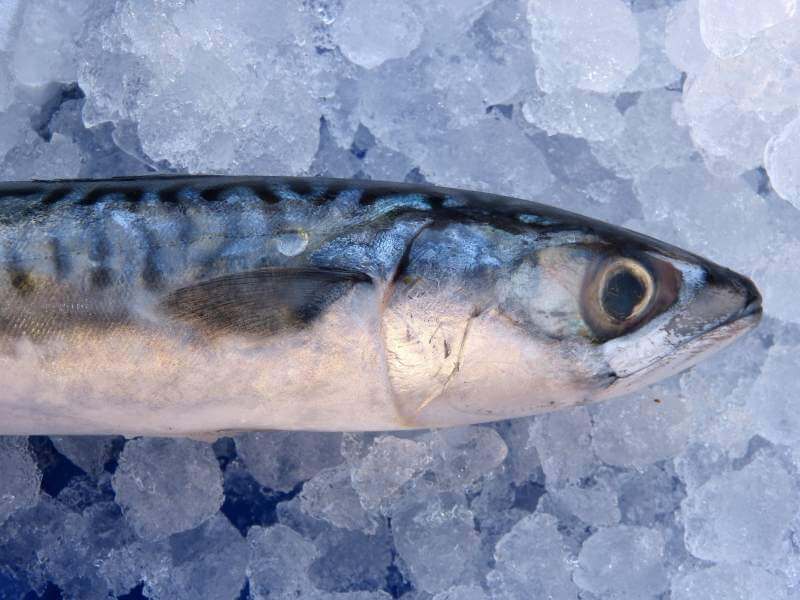 Mackerel are little, greasy fish.
Mackerel are little, greasy fish.
In Western nations, they are normally smoked and eaten as entire fillets.
Mackerel are staggeringly wealthy in supplements — a 3.5-ounce (100-gram) serving packs 200% of the Reference Daily Intake (RDI) for nutrient B12 and 100% for selenium.
In addition, these fish are delectable and require little planning.
Omega-3 substance: 4,107 mg in one bit of salted mackerel, or 5,134 mg for every 3.5 ounces (100 grams)
2. Salmon (4,023 mg for each Serving)
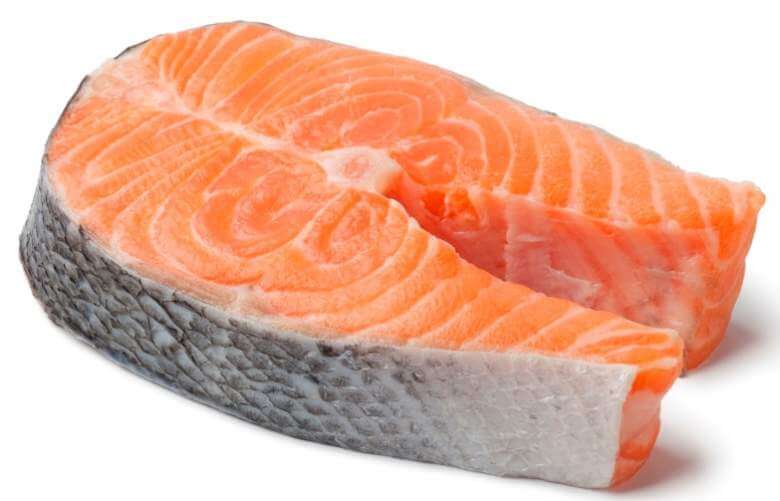 Salmon is one of the most supplement thick nourishment’s on earth.
Salmon is one of the most supplement thick nourishment’s on earth.
It contains excellent protein and an assortment of supplements, including a lot of magnesium, potassium, selenium and B nutrients.
Studies demonstrate that individuals who consistently eat greasy fish, for example, salmon, have a lower danger of ailments like coronary illness, dementia, and misery.
Omega-3 substance: 4,023 mg into equal parts a filet of cooked, cultivated Atlantic salmon, or 2,260 mg in 3.5 ounces (100 grams)
3. Pecans (2,542 mg for every Serving)
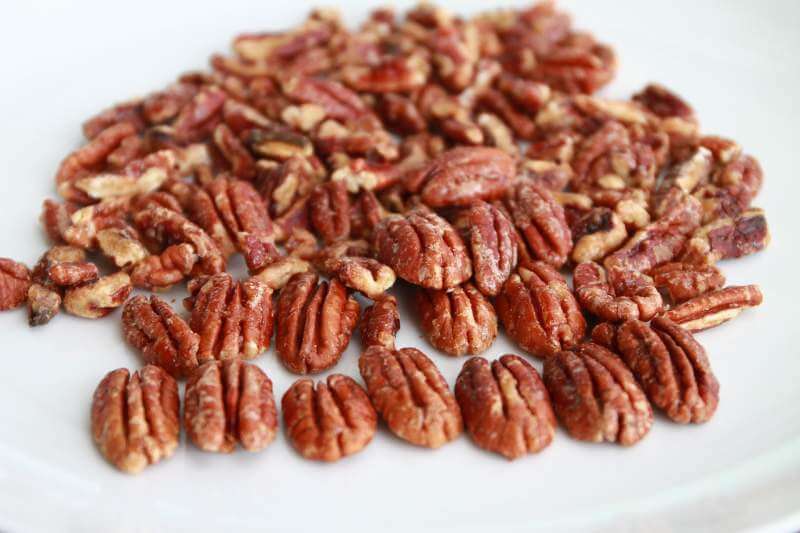 Pecans are nutritious and stacked with fiber. They likewise contain high measures of copper, manganese, nutrient E and significant plant mixes.
Pecans are nutritious and stacked with fiber. They likewise contain high measures of copper, manganese, nutrient E and significant plant mixes.
Make a point not to evacuate the skin, as it packs the vast majority of pecans’ phenol cell reinforcements — which offer significant medical advantages.
Omega-3 substance: 2,542 mg for each ounce (28 grams), or around 7 pecans
4. Soybeans (1,241 mg for each Serving)
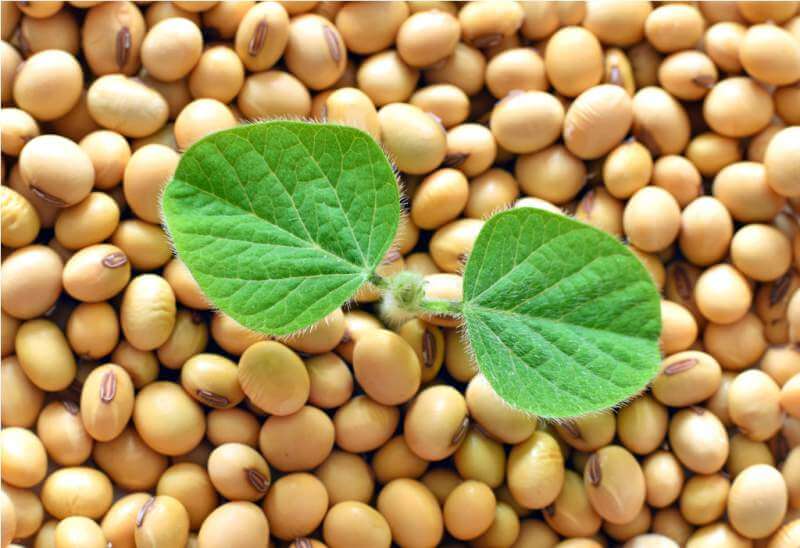 Soybeans are a decent wellspring of fiber and vegetable protein.
Soybeans are a decent wellspring of fiber and vegetable protein.
They additionally contain high measures of different supplements, including riboflavin, folate, nutrient K, magnesium and potassium.
Be that as it may, soybeans are additionally exceptionally high in omega-6 unsaturated fats, so they ought not to be depended on as a sole omega-3 source.
Studies propose that eating an excessive amount of omega-6 may cause aggravation.
Omega-3 substance: 1,241 mg in a 1/2 cup (86 grams) of dry simmered soybeans, or 1,443 mg for every 3.5 ounces (100 grams)
5. Flaxseeds (2,338 mg for every Serving)
 Flaxseeds are little darker or yellow seeds. They are regularly ground, processed or used to make oil.
Flaxseeds are little darker or yellow seeds. They are regularly ground, processed or used to make oil.
These seeds are by a wide margin the most extravagant entire sustenance wellspring of the omega-3 fat alpha-linolenic corrosive (ALA). In this manner, flaxseed oil is frequently utilized as an omega-3 enhancement.
Flaxseeds are likewise high in fiber, nutrient E, magnesium and different supplements. They have an incredible omega-6 to omega-3 proportion contrasted with most slick plant seeds.
Omega-3 substance: 2,338 mg for every tablespoon (14.3 grams) of entire seeds, or 7,196 mg for each tablespoon (14.3 grams) of oil




